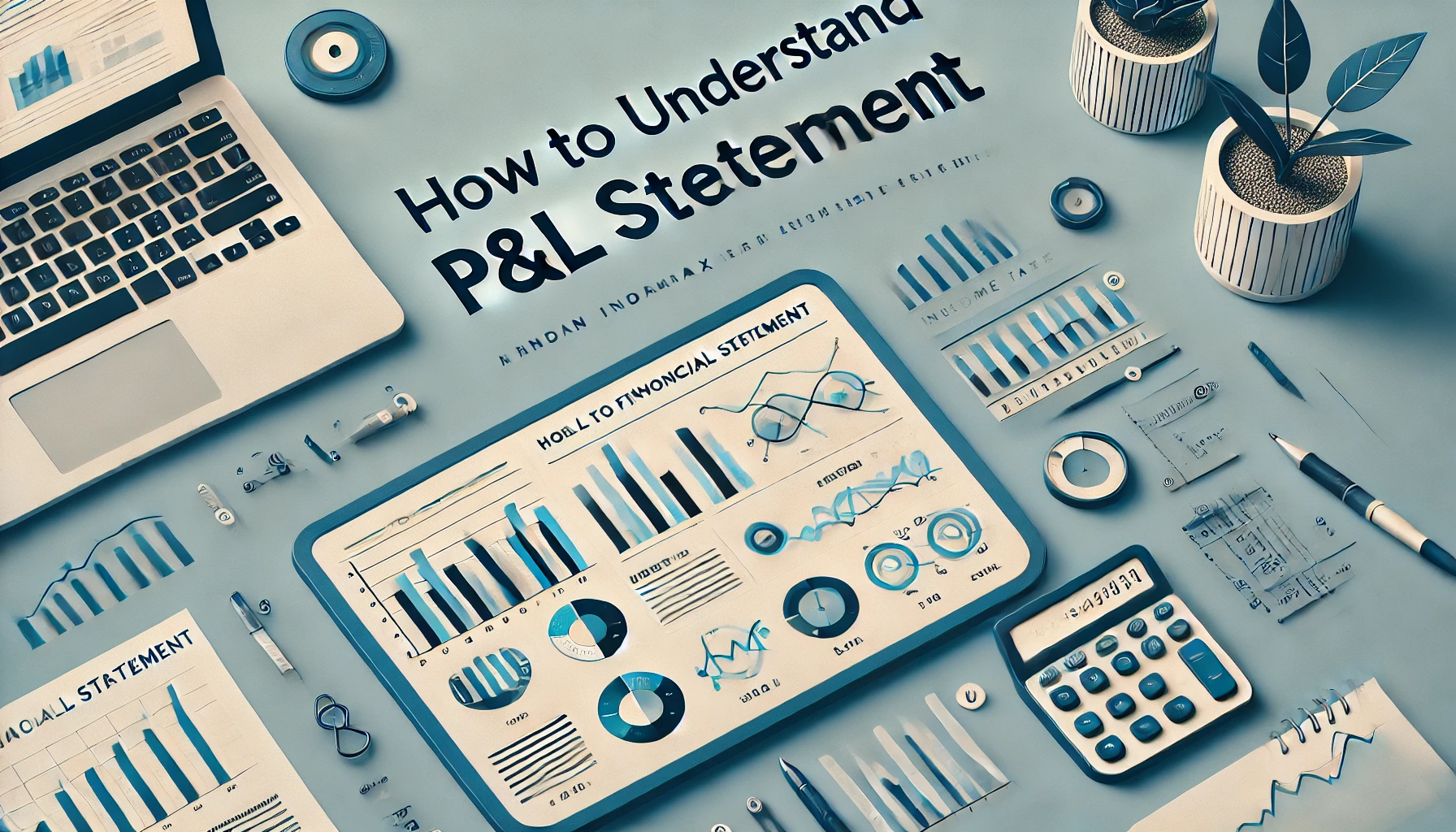The Cost Inflation Index (CII) is a crucial concept in Indian taxation, particularly when calculating capital gains on long-term assets. Introduced by the government, the CII helps adjust the purchase price of an asset to account for inflation, reducing the tax burden on taxpayers. Understanding the CII is essential for those selling assets like property, gold, or stocks, as it allows for more accurate and fair taxation by reflecting inflation’s impact on asset values.
This guide explores the Cost Inflation Index (CII) in India, its calculation, its impact on capital gains taxation, and provides a historical overview of CII values.
What is the Cost Inflation Index (CII)?
The Cost Inflation Index (CII) is a number published annually by the Central Board of Direct Taxes (CBDT). It allows taxpayers to adjust the purchase price of an asset to its inflation-adjusted value at the time of sale, reducing the tax burden on long-term capital gains. The CII is used primarily for assets held for more than two years (three years before the financial year 2017-18).
In simple terms, the CII helps account for the eroding value of money over time due to inflation, ensuring that taxpayers are not unfairly taxed on nominal gains that arise due to inflation.
How is CII Used in Capital Gains Calculation?
When calculating capital gains tax, the formula used is:
Indexed Cost of Acquisition = (Original Purchase Price × CII of Year of Sale) ÷ CII of Year of Purchase
By applying this formula, you adjust the cost of acquisition (purchase price) for inflation, resulting in a lower taxable capital gain.
Example:
Let’s say you bought a property in 2005 for ₹10,00,000 and sold it in 2023 for ₹50,00,000.
- CII for 2005: 117
- CII for 2023: 331
Indexed Cost of Acquisition:
(₹10,00,000 × 331) ÷ 117 = ₹28,29,915
Capital Gains = Sale Price – Indexed Cost of Acquisition
₹50,00,000 – ₹28,29,915 = ₹21,70,085
Without CII, the capital gains would be ₹40,00,000. By using CII, you reduce your taxable capital gains significantly to ₹21,70,085, providing substantial tax savings.
Historical Cost Inflation Index (CII) Values
The following table provides historical CII values since 2001:
| Financial Year | CII Value |
|---|---|
| 2023-24 | 331 |
| 2022-23 | 317 |
| 2021-22 | 301 |
| 2020-21 | 301 |
| 2019-20 | 289 |
| 2018-19 | 280 |
| 2017-18 | 272 |
| 2016-17 | 264 |
| 2015-16 | 254 |
| 2014-15 | 240 |
| 2013-14 | 220 |
| 2012-13 | 200 |
| 2011-12 | 184 |
| 2010-11 | 167 |
| 2009-10 | 148 |
| 2008-09 | 137 |
| 2007-08 | 129 |
| 2006-07 | 122 |
| 2005-06 | 117 |
The CII values are adjusted each year to reflect changes in inflation, helping taxpayers benefit from accurate inflation-adjusted asset valuations.
Importance of CII in Capital Gains Taxation
The primary importance of the CII is in long-term capital gains taxation. It ensures that you are taxed only on real gains and not the notional increase in asset prices caused by inflation. Here’s why the CII is essential:
- Reduces Tax Liability: By adjusting for inflation, the CII effectively reduces the taxable portion of your capital gains.
- Equitable Taxation: It allows for fair taxation by considering inflationary trends, ensuring taxpayers are not unfairly penalized for holding assets over the long term.
- Easy Calculation: Using the CII is straightforward with the formula provided by the Income Tax Act, making it easy for taxpayers to calculate their indexed costs.
CII and Long-Term Capital Gains
Long-term capital gains apply to assets such as real estate, shares, gold, and mutual funds held for a specified period. The holding period for long-term capital gains is different for various asset classes:
| Asset Class | Holding Period for LTCG |
|---|---|
| Real Estate | More than 24 months |
| Shares (Listed) | More than 12 months |
| Gold/Unlisted Shares | More than 36 months |
| Mutual Funds (Equity) | More than 12 months |
For these assets, the CII allows taxpayers to index the purchase price and reduce their taxable capital gains.
CII and Exemptions under Section 54
While calculating capital gains, certain exemptions are available under Section 54 and related provisions for investments made in new residential properties. For example, if you reinvest your capital gains from a property sale into a new residential house, you may be exempt from capital gains tax.
However, the CII plays a key role in determining the exact amount of capital gains before applying any exemptions. Thus, it ensures an accurate tax calculation and maximizes your tax-saving opportunities.
How to Calculate Indexed Cost Using CII
Let’s break down the calculation process step by step with an example.
Scenario:
- You bought a residential property in April 2010 for ₹25,00,000.
- You sell the property in March 2023 for ₹80,00,000.
Here’s how you calculate the capital gains using the CII values:
- Purchase Year CII (2010-11) = 167
- Sale Year CII (2023-24) = 331
Indexed Cost of Acquisition = (₹25,00,000 × 331) ÷ 167
Indexed Cost of Acquisition = ₹49,55,089
Capital Gains = Sale Price – Indexed Cost of Acquisition
Capital Gains = ₹80,00,000 – ₹49,55,089 = ₹30,44,911
Without the CII, you would have been taxed on ₹55,00,000 of capital gains. Thanks to indexation, your taxable gain is only ₹30,44,911.
Impact of CII on Different Asset Classes
The CII benefits various asset classes differently. Let’s explore the key asset classes:
- Real Estate: Real estate transactions, particularly long-term ones, benefit immensely from CII, as property values tend to rise significantly over time.
- Gold: Gold is another asset class where CII plays a critical role, helping investors lower their tax burden.
- Shares: For shares held for more than a year, the CII can help reduce long-term capital gains, particularly for unlisted shares.
- Mutual Funds: CII is beneficial in calculating capital gains for debt mutual funds held for more than three years.
CII Adjustments for Capital Losses
The Cost Inflation Index can also be useful in adjusting capital losses, which can then be carried forward to offset future capital gains. However, long-term capital losses can only be set off against long-term capital gains, while short-term capital losses can be set off against both long-term and short-term gains.
Conclusion
The Cost Inflation Index (CII) is a powerful tool that helps Indian taxpayers reduce their tax burden on long-term capital gains by adjusting the cost of acquisition for inflation. By indexing the original purchase price of an asset, you can reduce your taxable capital gains significantly, ensuring that you are taxed only on real gains and not on nominal gains caused by inflation.
Whether you are selling real estate, shares, or gold, understanding how to use the CII in your tax calculations can lead to substantial tax savings. This guide equips you with the knowledge to leverage the CII for your financial benefit.

ITR 1 vs ITR 2
Filing your Income Tax Return (ITR) accurately is crucial for every taxpayer in India, and …

What Is Tax Loss Harvesting?
Tax loss harvesting is a strategy that allows investors to reduce their taxable capital gains …

What Is Form 12BB?
Form 12BB is a vital document in the Indian taxation system that employees need to …

Short-Term Vs Long-Term Capital Loss
Investing in various assets like stocks, real estate, or mutual funds can lead to capital …

Section 80D of Income Tax Act
Health insurance is not only essential for safeguarding your well-being, but it also offers tax-saving …

Senior Citizen Saving Scheme
The Senior Citizen Saving Scheme (SCSS) is a government-backed savings scheme specifically designed to provide …

Income Tax on Profit from Commodity Trading in India
Commodity trading has become a significant part of financial markets in India, providing investors with …

Income Tax Benefit with the NPS Scheme
The National Pension System (NPS) is a government-sponsored retirement savings scheme in India designed to …

What Is Cost Inflation Index (CII) In India?
The Cost Inflation Index (CII) is a crucial concept in Indian taxation, particularly when calculating …

Understanding How Income Tax is Levied on Stock Market Transactions
The Indian stock market has become an increasingly popular avenue for individuals looking to grow …

Investment Options under NPS
The National Pension System (NPS) is a government-sponsored retirement savings scheme that allows individuals to …

How to Start Contributing to Your PPF Account?
The Public Provident Fund (PPF) is a government-backed savings scheme in India that offers tax …

Tax incentives for startups in India
The Indian startup ecosystem is one of the fastest-growing in the world, attracting both domestic …

Periodic vs Annual Tax Planning
Tax planning is an integral part of financial management that every taxpayer should consider. Whether …

How to Do Tax Planning for a Higher Salary?
Tax planning is crucial for individuals with higher salaries in India. As income increases, so …

How to Understand P&L Statement
A Profit and Loss (P&L) statement, also referred to as an income statement, is one …

What is the Kakeibo Method?
Managing personal finances can be challenging, especially in today’s fast-paced world, where expenses quickly pile …

What is Angel Tax?
In India, the startup ecosystem has seen tremendous growth over the past decade. Entrepreneurs and …

Difference Between TDS and TCS
In India, tax collection plays a critical role in the functioning of the government. To …


















